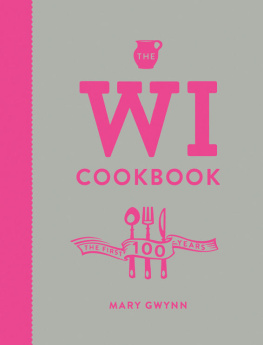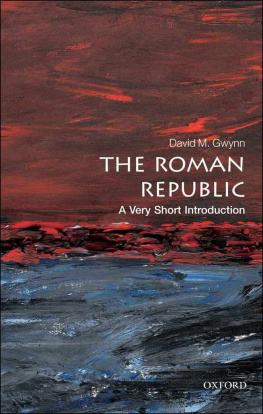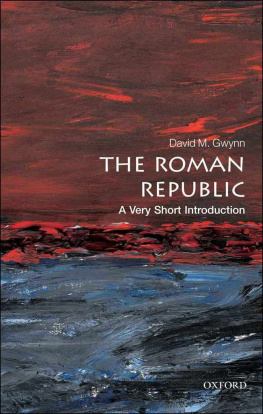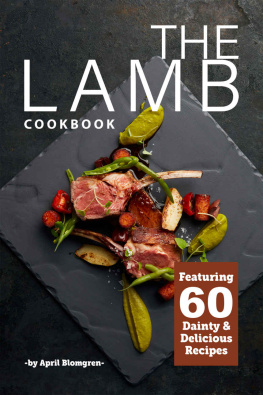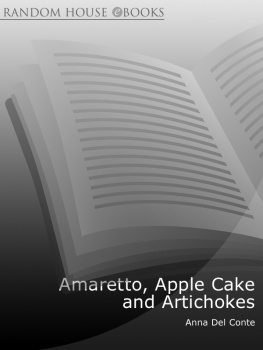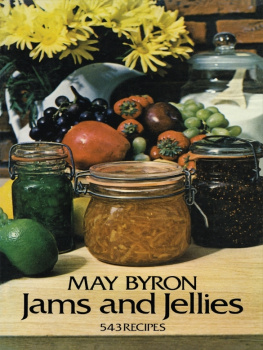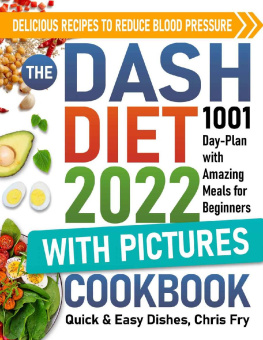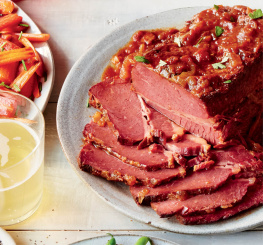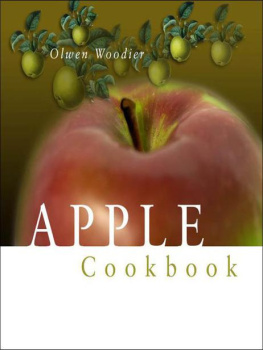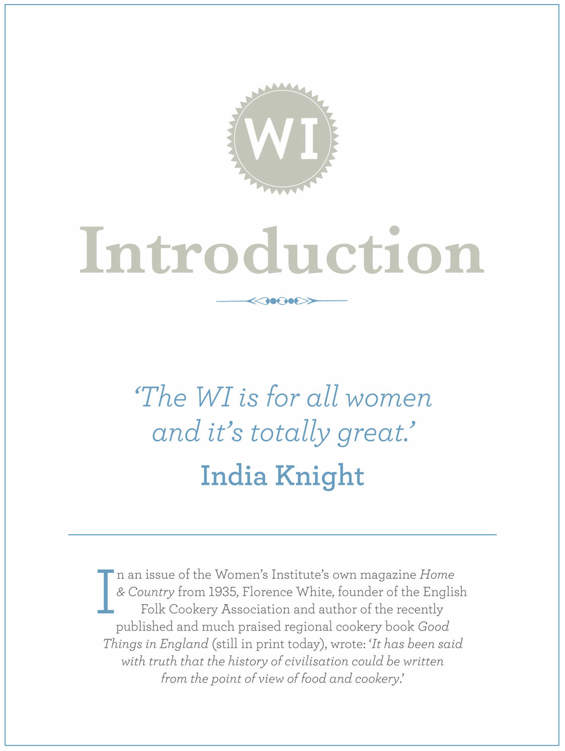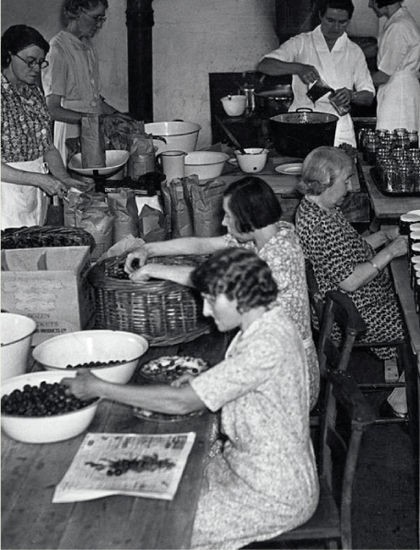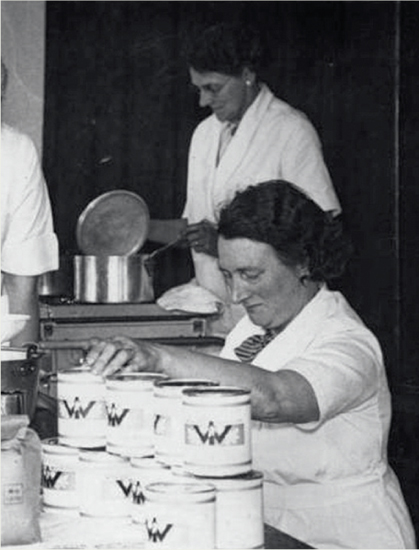
Wartime fruit canning , 1940
Forget the stereotype associated with the WI; it doesnt matter what age you are or what youre interested in, theres likely to be something on offer for you. Seven Hills WI member
A modern movement
Current Chair, charismatic Janice Langley, reiterated all of this in her welcoming speech at a series of Inspiring Women Working Together conferences held for members around the country in early 2014. Speaking at Ascot Racecourse to an enthusiastic audience of 500 Presidents and members from across the South East, Janice paid tribute to the energy of those present and welcomed the increasing membership of the movement. She promised that the modern WI gives all kinds of opportunities for all kinds of women. The key messages Janice and the current NFWI Board of Trustees wanted to get across to members revealed the prevailing attitude within the organisation - The WI will inspire you but its what you make it, and it can be everything you want it to be. Despite what some commentators might see as evidence to the contrary, the modern WI is definitely not stuck in a stereotypical blue-rinse, Jam and Jerusalem, country backwater. Ever flexible and responsive to the needs of its members and British society, in the 21st Century the WI is still here to provide inspiration, friendship and fun - to give women a voice in their community and beyond it. This organisation exists for, and because of, its members, and as Janice was implicitly saying: Its up to you, ladies, - there are no excuses for ignoring the opportunities that the WI has always prided itself in offering women.
Friendship and new skills are at the heart of what the WI provides. And a welcoming cup of tea and a slice of home-baked cake has always been an integral part of any WI meeting since the first one in Anglesey in 1915 - still very much the case in 2015. Members pride themselves on their baking - and might argue that The Great British Bake Off is merely riding on the coat-sleeves of WI members! Recipes, once handed on by word of mouth or written on scraps of paper or on the back of envelopes, may now be more likely to be exchanged online, but the secrets of a perfect Victoria sponge or jar of lemon curd are likely to be just as hotly debated at meetings, alongside such topical issues of the day as the threat posed by climate change, concerns about lack of midwives, and the issue of food waste. The WI has always been prescient in its campaigning, involving members from ground level up with the topical concerns of the day, often well ahead of national awareness.
I joined to seek out new friends and get a sense of the new community and area I had moved to. Best decision ever! Black and Green WI member
The state of the nations cooking skills has always been important to a movement dedicated to educating its members to look after themselves. WI publications, from magazines to pamphlets and books of all descriptions, have had a place in many a British kitchen (and beyond) over the century. The last decade has witnessed cookery books moving out of the kitchen to the coffee or bedside table (a recent report showed that despite the modern obsession with cookery books and programmes, the most frequently eaten meal at home is the sandwich), but even in the new digital age WI recipes, whether from books, website or via social media, still have a role to play in imparting wisdom.
Back in 1975 Bee Nilson was the experienced and assured editor of the last major WI cookbook published to celebrate an important anniversary. At 225 pages, The WI Diamond Jubilee Cookbook contained no photography but over 500 simple recipes sourced from cookery books produced by WI members across England and Wales. This traditional publication was broken into an established chapter format - soups and starters, fish, meat, cakes, quick breads and scones and so forth, and in her one-page introduction, Bee explained her methods for recipe selection: to reflect the great variety of tastes amongst members, to celebrate regional differences, and even because she was intrigued by the names of some of the dishes. But, most of all, she cites the importance of these recipes as a national record. As she says: WI members have been preserving traditional recipes, not as museum pieces but as practical recipes for modern cooks.

